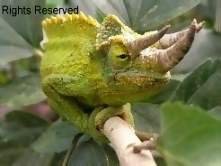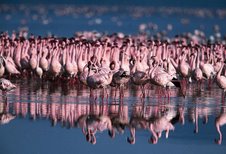This tall leafless aquatic plant can grow 4-5m. if forms a
grass-like dump of triangular green stem that rise up from thick woody plant
greenish brown flower clusters eventually appears at the end of the rays giving
ways to brown nut like fruits. The feather duster flowering heads make ideal
nesting site for many social of birds. As in most sedge pollination is wind,
not insects and the mature fruits after release are distributed by water.
Papyrus ranges from subtropical to tropical desert to wet forest tolerating
annual temperatures of 20o c and a ph of 6.0 to 8.5. Papyrus flowers
in late summer and project full sun to partly shady conditions.
Papyrus reeds is being used for many purpose must famously
for making papyrus paper mats, baskets and decoration as it is nearly extinct
in their native habitat where in ancient time it was widely cultivated. The
pith of the young shoot was eaten both cooked and raw. Its woody root made
bowls and other utensils and was burned for fuel. Men acting papyrus to build
simple boats in some country to sail cloth and sandals. The harvesting of
papyrus reeds is not of the easy it is the matter of risking life because of
the swamp it is the natural habitat for any life organism such as birds, fish,
crocodiles, snakes frogs, mosquitoes and many others. Due to this however this
work does may be danger himself and at long last losses life.
How to harvest
First it requires sharp tools such as Panga and Knives for
cutting. The swamp can be at shallow or deep. If deep someone has to dive into
the water to cut the papyrus plant just close to the roots or uproot it out if
possible. After getting from the swamp they are placed in a dry sun between two
to three day so as to facilitate better. They are split into several pieces
depending on its use.
PKP. Safaris in Kenya
Natural Track Safaris.
Natural Track Safaris.








